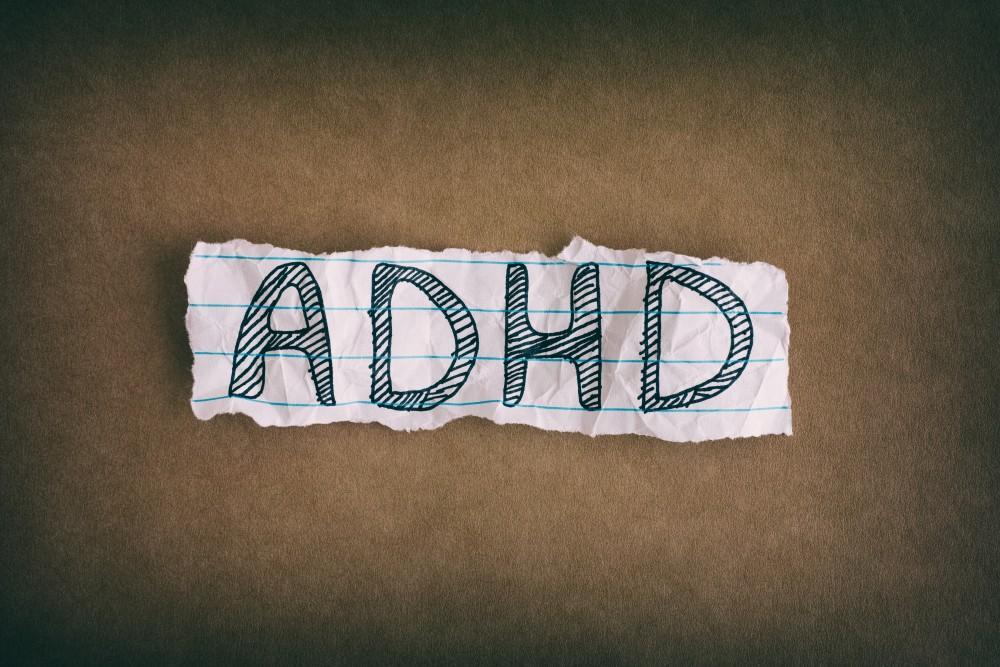Unlocking the Power of Gabapentin: A Comprehensive Guide

Introduction
Welcome to our comprehensive guide on using Gabapentin effectively. Gabapentin, known by its brand name Neurontin, is a medication primarily used to treat seizures and nerve pain. In recent years, it has gained popularity for its off-label uses, including managing anxiety, insomnia, and certain types of chronic pain. In this guide, we will delve into the various aspects of Gabapentin, including its uses, dosages, side effects, and precautions.
Understanding Gabapentin
Gabapentin belongs to a class of medications called anticonvulsants. It works by calming overactive nerve signals in the brain, thereby reducing seizures and alleviating nerve pain. While Gabapentin is widely prescribed for conditions such as epilepsy and neuropathic pain, its off-label uses have expanded its application in treating various other medical conditions.
Uses of Gabapentin
1. Seizure Disorders
Gabapentin is FDA-approved for the treatment of partial seizures in adults and children over the age of three. It can be used as an adjunctive therapy alongside other antiepileptic drugs to control seizures effectively.
2. Neuropathic Pain
Neuropathic pain, often described as shooting or burning pain, arises from damage to the nerves. Gabapentin is commonly prescribed for conditions such as diabetic neuropathy, postherpetic neuralgia (shingles), and peripheral neuropathy.
3. Anxiety and Mood Disorders
While not FDA-approved for anxiety or mood disorders, Gabapentin is sometimes prescribed off-label to manage symptoms of anxiety, bipolar disorder, and other mood disorders. It may help in reducing anxiety levels and promoting a sense of calmness.
4. Insomnia
Gabapentin’s sedative properties make it useful in treating insomnia, especially in individuals with neuropathic pain or anxiety-related sleep disturbances. It can help improve sleep quality and duration.
Dosage Guidelines
1. Seizure Disorders
The dosage of Gabapentin for seizure disorders typically starts low and gradually increases to achieve optimal seizure control. Adults may begin with 300 mg taken orally three times a day, with the dosage adjusted based on individual response and tolerance. Children are usually prescribed lower doses based on their weight.
2. Neuropathic Pain
For neuropathic pain, the starting dose of Gabapentin is often 300 mg taken orally once daily, gradually titrated up as needed. The maximum recommended dose for neuropathic pain is 3600 mg per day, divided into three doses.
3. Anxiety and Insomnia
When used off-label for anxiety or insomnia, Gabapentin dosages may vary widely depending on individual response and the severity of symptoms. It is typically started at a low dose and adjusted upwards as necessary.
Side Effects and Precautions
Like any medication, Gabapentin may cause side effects, although not everyone experiences them. Common side effects include dizziness, drowsiness, fatigue, and coordination problems. These side effects are usually mild and transient, resolving as the body adjusts to the medication.
Conclusion
Gabapentin is a versatile medication with various therapeutic applications beyond its FDA-approved indications. When used judiciously and under medical supervision, it can provide significant relief for individuals struggling with seizures, neuropathic pain, anxiety, and insomnia. However, it is essential to adhere to prescribed dosages and follow medical advice to minimize the risk of adverse effects.






